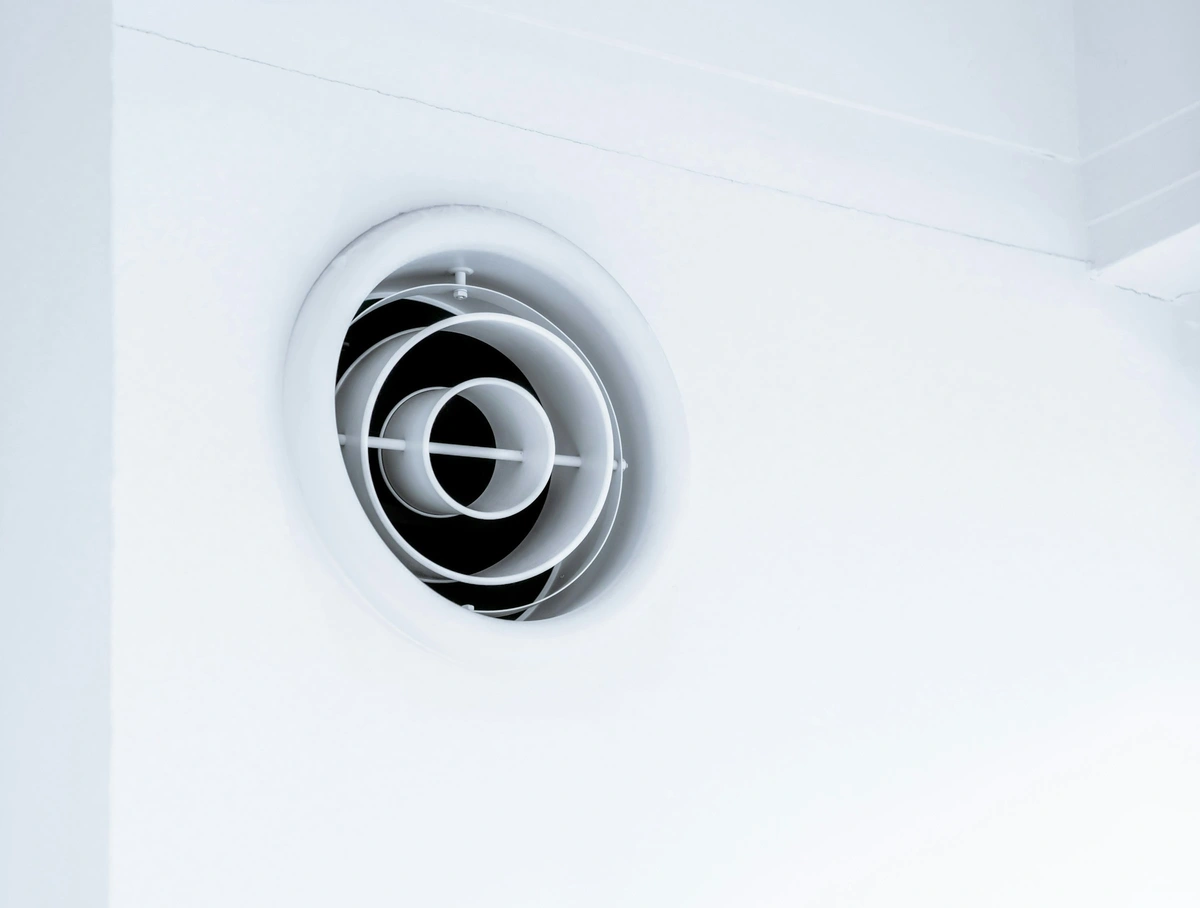Is your ductwork up to the task?

Many homes in Canada include ductwork to allow for central heating and cooling systems. As a homeowner, you may not often think about the intricate system of ductwork that runs behind your walls and ceilings, but it plays a crucial role in the efficiency and effectiveness of your home's heating and cooling systems. When it comes to upgrading your HVAC system, the state of your ductwork is a critical factor to consider.
The Role of Ductwork in HVAC Systems
Ductwork allows for distribution of conditioned air through these homes. The amount of ductwork plays a crucial role in sizing HVAC replacements.
Fossil fuel furnaces produce higher air temperatures due to the combustion of gas, propane, or oil. This allows them to generate more heat with lower airflow through the ducts. These high temperatures can cause comfort issues in homes.
One of the benefits of heat pumps is the reasonable, comfortable air temperatures produced. The downside is that this requires more airflow to generate the same amount of heating as combustion furnaces.
Challenges of Inadequate Ductwork
Installing a heat pump or furnace in a home with insufficient ductwork can lead to a range of issues that impact both performance and homeowner experience. Here are some common challenges:
-
Performance: Inadequate ductwork can result in uneven heating or cooling throughout your home, leading to discomfort and temperature inconsistencies.
-
Noise: Insufficient ductwork can cause increased air resistance (duct pressure), resulting in noisy operation as the system works harder to push air through restricted ducts.
-
Durability: Modern ECM fans used in HVAC systems are designed to operate efficiently under specific conditions. Higher static pressure due to inadequate ductwork leads to premature wear and expensive repairs and maintenance.
Benefits of Upgrading Ductwork
Investing in upgrading your ductwork can bring several benefits, including:
-
Improved Comfort: Properly sized and designed ductwork ensures even distribution of air, enhancing comfort levels in every room of your home.
-
Enhanced Energy Efficiency: Well-designed ductwork reduces energy wastage by optimizing airflow and minimizing air leaks, leading to lower energy bills.
-
Extended Equipment Lifespan: Upgrading your ductwork can reduce strain on your HVAC system, promoting longevity and reducing the risk of premature breakdowns.
-
Better Indoor Air Quality: Ductwork upgrades often involve sealing air leaks, which can improve indoor air quality by preventing pollutants and allergens from entering your home through ductwork.
Increasing the size of the return air drop may be enough to improve the performance of the ductwork with the added benefit of allowing for larger, higher-efficiency filters to improve indoor air quality.
In all cases, the size and state of the ductwork should be considered when sizing HVAC systems. Ask your HVAC company to test static pressure to ensure proper sizing and reduce the risk of premature equipment failure.
Jouleia’s Home Expert Service can guide you through the complicated world of ductwork.